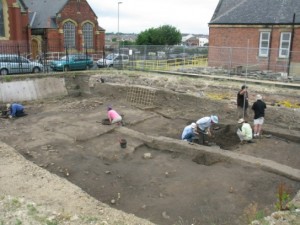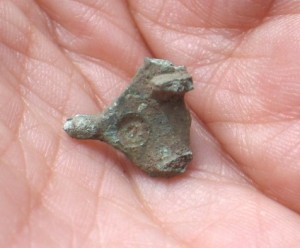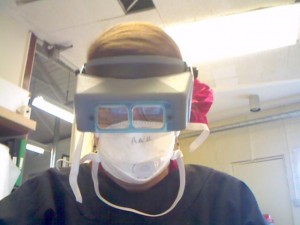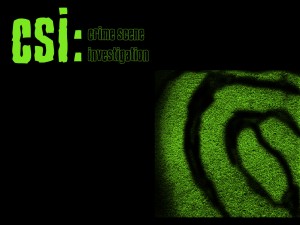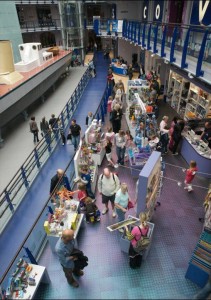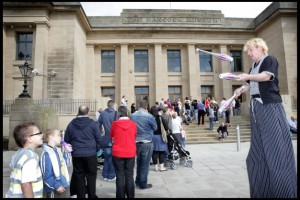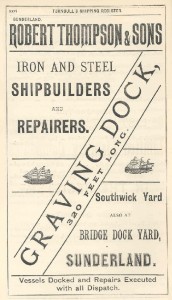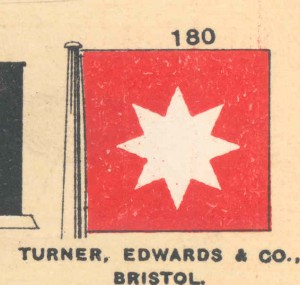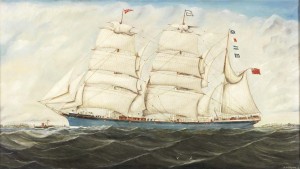Let me start by telling you a little about the Library. We have three collections here: the archives and library of the Natural History Society of Northumbria (NHSN), the library of the Society of Antiquaries of Newcastle upon Tyne (SANT) and Newcastle University’s Cowen archaeology Library.
We are open to the public and you can find up to date details of opening times at by clicking here.
To contact the Library phone: (0191) 222 3555 or email: gnmlibrary@twmuseums.org.uk
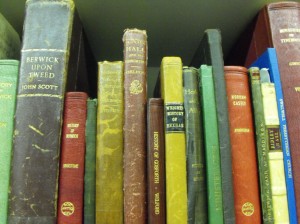
In this blog I intend to show a book (or archive) of the month, lists of our new books and anything else that is library related. I would also like to include book reviews so if you’d like to write a review of one of the books in the library just let me know.
Archive of the month
Collection of watercolour drawings of British plants
Margaret Dickinson (d.1918)
From the archives of the Natural History Society of Northumbria
Images courtesy of the Society
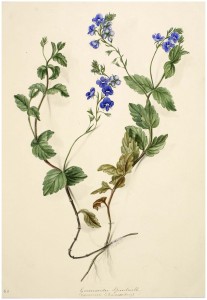
Germander Speedwell
Veronica chamaedrys
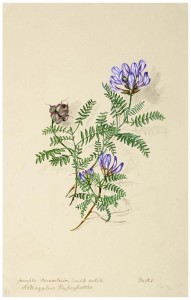
Purple mountain milk vetch
Astragalus Hypoglottis (Now known as Astragalus danicus)
Margaret Dickinson was a local botanist and artist. The Natural History Society of Northumbria has over 450 of her watercolours in its collection, which was bequeathed to the Society by the artist. Dickinson did most of her paintings between 1846 and 1874 and many of the plants she painted were of local origin. This archive is fascinating on many levels; historically, scientifically and aesthetically.
New books in the Library June 2010
This is just a selection of books which are new to the Library. Please come in and take a look at them.
Natural History Society of Northumbria
- Cyanophyceae / Lothar Geitler : Akadem. Verl. Leipzig, 1932
- An historical and descriptive account of Pretwick Carr / D. Maddison : Orange, 1830
- The Feejee Mermaid / J. Bondeson : Cornell University Press, 1999
- Plants, people & places: the plant lover’s companion / Julia Brittain : David and Charles, 2006
- Yorkshire butterflies and moths 2009 / Howard M. Frost (ed) : BCY/YNU, 2009
- John Ellis / Julius Groner and Paul F.S. Cornelius : Boxwood, 1996

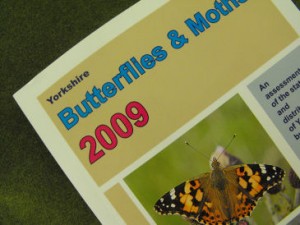
Society of Antiquaries of Newcastle upon Tyne
- Hexham in the seventeenth century / Anna Rossiter : Hexham Local History Society, 2010
- Ring cairns to reservoirs: archaeological discoveries in the Duddon Valley, Cumbria : Duddon Valley Local History Group, 2009
- The book of the Thames: from its rise to its fall / Mr and Mrs S.C. Hall : Virtue, 188-?
- Bowmont : an environmental history of the Bowmont Valley and the Northern Cheviot Hills, 10000 BC-AD 2000 / Richard Tipping : Society of Antiquaries of Scotland, 2010
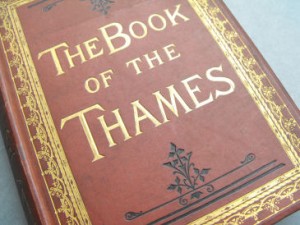
The Cowen Library
- Archaeology: an introduction / Kevin Greene and Tom Moore : Routledge, 2010
- Anglo-saxon monetary history / M.A.S. Blackburn : Leicester University Press, 1986

